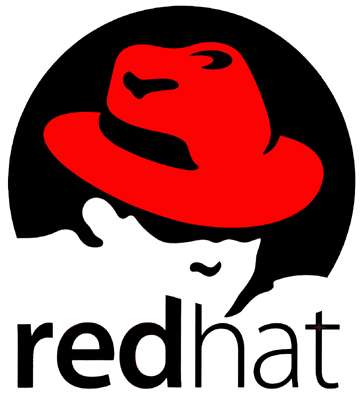Following the release of the Red Hat Enterprise Linux RHEL 6.1, the beta version of the RHEL 5.7 is now available. Although, not a major release, this is a vital update as most of RHEL user-base is yet on the RHEL 5. With the RHEL 6 proving to be a worthy release, 5.7 Beta offers greater features as part of the RHEL 5 life cycle.
as most of RHEL user-base is yet on the RHEL 5. With the RHEL 6 proving to be a worthy release, 5.7 Beta offers greater features as part of the RHEL 5 life cycle.
The RHEL 5 debuted in 2007 March and has in the past four years has seen 6 incremental updates so far and this is the seventh update as part of the RHEL 5 life-cycle. A lifecycle is defined as approximately ten years for any major release of RHEL from release date and takes seven years of full life and three years of extended life for a RHEL product. So, RHEL 5.7 contains Errata Advisories or updates and security bug fixes and feature enhancements.
The new RHEL 5.7 features
Red Hat Enterprises 5.7 introduces new enterprise features like the OpenSCAP security reporting, development tools for cross-platforms and a new subscription manager. Also new on the 5.7 are the revised drivers and improved speeds.
This beta includes improved resources for management in enterprises. Better virtualization features and noticeable changes to the data center flexibility. You will find driver updates and enhanced updates for kernel support for most leading hardware. Intel, AMD, IBM Mainframe and POWER are all updated.
Following are some cool features that are going to set the techie’s cracking their knuckles in glee
Enterprise Management
OpenSCAP validates security configurations and vulnerabilities over infrastructure by improving security operations; SSSD RHEL5 authentication is integrated into directory services for the enterprises; LDAP are expanded auto-mounted file systems and powerful management application the Subscription Manager.
Virtualization Optimizers
Live Migration faster with improved convergence speeds due to KVM enhancements. attached disks, serial interfaces combined with faster and smaller Boot Images, due to Xen hypervisor development environment.
Tools-kit
Now native tools can be used to develop applications for Red Hat Enterprise Linux and Microsoft Windows with the CMake cross-platform build tool support. RHEL application packages are now easier to build with Buildsys-macros for ISVs with queries as well as use tags. Data replication is improved with updated rsync package and OpenJDK renders Javascript support.
Greater Datacenter flexibility, Add-on Availability
VMware platform High Availability on a native SOAP API fencing agent is some of the additional flexible features. Latest hardware innovations are supported by cluster fencing agent’s extensions with Cisco UCS sub-organizations and high operations availability where multiple tenants are involved in the environment.
The final release of RHEL 5.7 is expected in mid-to end of July, as soon as RHEL 5.6 are released. The aim of RHEL is to maintain a 6 month gap between minor releases says Jim Totton the Platform Business Unit Vice President of RHEL at the recent Red Hat Summit and JBoss World 2011conversation at heise Open.
{module user9-footer}




